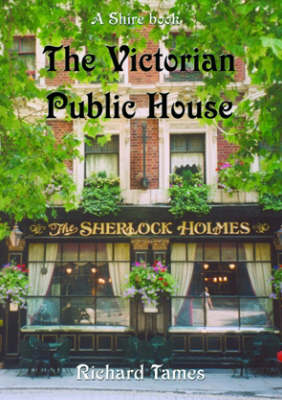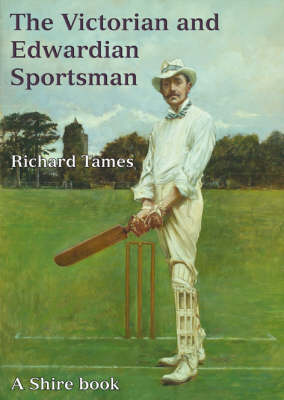Shire Album S.
2 primary works
Book 423
The Victorian public house evolved out of the traditional tavern and the humble beerhouse in response to the novel challenge of the garish but soulless gin palace. Incorporating such innovations as large plate-glass windows, gas lighting, the hydraulic beer-engine and the island bar, the reinvented pub became a central...
Read moreThe Victorian public house evolved out of the traditional tavern and the humble beerhouse in response to the novel challenge of the garish but soulless gin palace. Incorporating such innovations as large plate-glass windows, gas lighting, the hydraulic beer-engine and the island bar, the reinvented pub became a central feature of working-class life.
Deserted by the bourgeoisie, the public house served the working man as his club, debating society, job centre, Masonic lodge and recreation room. As the Temperance movement battled to reduce the absolute number of drink outlets, the licensed trade responded by upgrading their size, glamour and efficiency, culminating in a massive pub building boom in the last decade of Victoria's reign. The exuberant creations of this era have since suffered much from demolition, alteration and conversion to other uses but thousands remain to be cherished and celebrated for their continuing significance in our national life.
Richard Tames is the creator of the Shire Lifelines series, to which he has contributed titles on William Morris, Isambard Kingdom Brunel and Josiah Wedgwood. He lectures on social history for Syracuse University's London Programme and is also a qualified Blue Badge guide.
Book 460


